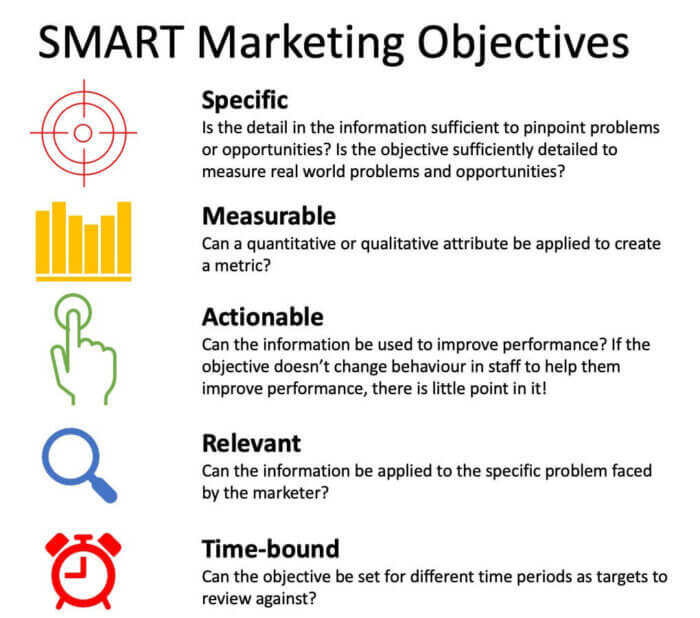Future Trends: Email and PR Integration
As we look to the future, integrating email performance data with PR strategies is likely to become even more sophisticated. Here are some emerging trends and technologies that could shape how you use email data in your PR efforts:
AI and Machine Learning
Artificial Intelligence (AI) and machine learning are revolutionizing how data is analyzed and utilized. These technologies can provide deeper insights into email performance by identifying patterns and predicting trends.
- Predictive Analytics: AI tools can predict which types of content are likely to perform best based on historical data, allowing you to tailor your PR materials more effectively.
- Personalization: Machine learning algorithms can help create highly personalized email content, increasing engagement and conversion rates.
Example: An AI-driven platform could analyze email interactions to suggest optimal times for sending press releases, or even draft personalized pitches based on recipient behavior.
Enhanced Automation
Email marketing automation continues to evolve, offering advanced capabilities for segmenting audiences and optimizing campaigns.
- Automated Workflows: Create automated email workflows that trigger based on user actions, such as interactions with previous emails or website visits. This ensures timely and relevant communication.
- Dynamic Content: Use automation to deliver dynamic content tailored to the recipient’s interests and behaviors.
Example: A nonprofit could use automated workflows to send personalized follow-up emails based on how recipients interacted with their initial campaign messages, improving engagement and conversion.
Integration with Other Channels
The integration of email data with other marketing and PR channels is becoming increasingly important.
- Cross-Channel Insights: Combine email performance data with social media, website analytics, and PR metrics to get a holistic view of your audience’s behavior and preferences.
- Unified Campaigns: Develop integrated campaigns that leverage insights from multiple channels to create a cohesive and effective PR strategy.
Example: By combining email data with social media engagement metrics, you can create a unified PR campaign that resonates across different platforms and maximizes overall impact.
Real-Time Analytics
Real-time analytics are becoming more accessible, allowing for immediate adjustments to PR strategies based on current email performance.
- Live Data Dashboards: Use live dashboards to monitor email performance in real-time and make quick adjustments to your PR tactics.
- Instant Feedback: Leverage real-time data to get instant feedback on your email campaigns and refine your approach on the fly.
Example: If a press release generates a sudden spike in email engagement, you can quickly adjust your media outreach strategy to capitalize on the increased interest.
Building a Data-Driven PR Culture
To fully leverage email performance data in your PR strategy, it’s essential to foster a data-driven culture within your organization. Here’s how to build this culture:
Promote Data Literacy
Ensure that your PR team is well-versed in interpreting and using data. Provide training and resources to help team members understand key metrics and their implications.
Encourage Collaboration
Facilitate collaboration between PR, marketing, and data analytics teams. Sharing insights and working together can lead to more effective strategies and better overall results.
Set Clear Objectives
Define clear objectives for your PR efforts and use data to track progress toward these goals. Regularly review performance and adjust strategies as needed to stay on track.
Invest in Tools and Technology
Invest in advanced tools and technologies that can help you collect, analyze, and apply email performance data. Stay updated on the latest developments to ensure you’re using the best available resources.
Celebrate Successes
Recognize and celebrate successes that result from data-driven decisions. Highlighting these achievements can motivate your team and reinforce the value of using data in PR strategies.
FAQ: Using Email Performance Data to Inform Your Public Relations Strategy
Q1: What are the key email performance metrics I should focus on for PR strategy?
A1: The key email performance metrics to focus on are:
- Open Rates: Measures the percentage of recipients who open your email.
- Click-Through Rates (CTR): Indicates the percentage of recipients who click on links within your email.
- Conversion Rates: Tracks the percentage of recipients who complete a desired action after clicking through your email.
- Bounce Rates: Shows the percentage of emails that could not be delivered.
- Unsubscribe Rates: Reflects the percentage of recipients who opt out of your email list.
- Engagement Rates: Includes interactions such as forwards, replies, and social shares.
Q2: How can email performance data help refine my PR messaging?
A2: Email performance data provides insights into what resonates with your audience. By analyzing which subject lines, content, and CTAs lead to higher open and click-through rates, you can tailor your PR messaging to align with your audience’s interests and preferences. For example, if certain topics or tones perform better, incorporate those elements into your press releases and media pitches.
Q3: How can I use email performance data to segment my audience for PR campaigns?
A3: Email performance data allows you to segment your audience based on their behavior. For instance, you can categorize recipients who frequently open and click through emails as highly engaged, and those who rarely interact as less engaged. This segmentation enables you to tailor your PR campaigns to different audience segments, providing personalized content and offers to those who are more likely to respond.
Q4: What role does timing play in using email performance data for PR strategies?
A4: Timing is crucial for maximizing engagement. Analyzing email performance data can help you determine the optimal times for sending messages based on when your audience is most likely to engage. For example, if data shows higher open rates on specific days or times, schedule your press releases and media pitches around these periods to increase visibility and impact.
Q5: How can I integrate email performance data with other PR tools?
A5: Integrate email performance data with other PR tools and platforms to gain a comprehensive view of your audience and campaign effectiveness. Sync data with CRM systems for a unified audience profile, use media monitoring tools to track the impact across channels, and employ analytics platforms for detailed reporting and visualization. This integration helps in creating cohesive and effective PR strategies.
Q6: What is the significance of real-time analytics in PR strategies?
A6: Real-time analytics allow you to monitor email performance as it happens and make immediate adjustments to your PR strategies. By using live dashboards and instant feedback, you can quickly respond to changes in engagement levels and optimize your approach for better results. This capability helps in capitalizing on emerging trends and maximizing the impact of your PR campaigns.
Q7: How can AI and machine learning enhance the use of email performance data in PR?
A7: AI and machine learning can enhance email performance data analysis by providing predictive analytics and personalized content recommendations. AI tools can identify patterns and trends, helping you predict which content will perform best. Machine learning algorithms can create personalized email content and optimize timing, increasing engagement and effectiveness in your PR efforts.
Q8: What are some best practices for building a data-driven PR culture?
A8: To build a data-driven PR culture:
- Promote Data Literacy: Ensure your team understands how to interpret and use data effectively.
- Encourage Collaboration: Foster collaboration between PR, marketing, and data analytics teams.
- Set Clear Objectives: Define objectives and use data to track progress and make adjustments.
- Invest in Tools: Use advanced tools for data collection and analysis.
- Celebrate Successes: Recognize achievements resulting from data-driven decisions to motivate your team.
Q9: How often should I review email performance data for my PR strategy?
A9: Regularly review email performance data, ideally on a monthly or quarterly basis, to stay informed about trends and make necessary adjustments. Frequent analysis allows you to continuously refine your PR strategy and respond to changes in audience behavior and engagement.
Q10: What are some common pitfalls to avoid when using email performance data for PR?
A10: Common pitfalls include:
- Ignoring Context: Data should be interpreted in context, considering external factors like industry trends or seasonal variations.
- Over-Reliance on Single Metrics: Avoid focusing solely on one metric; consider multiple metrics for a comprehensive view.
- Neglecting Data Integration: Failing to integrate email data with other PR tools can limit insights.
- Lack of Follow-Up: Don’t just collect data—ensure you apply insights and adjust your strategy accordingly.
Get in Touch
Website – https://www.webinfomatrix.com
Mobile - +91 9212306116
Whatsapp – https://call.whatsapp.com/voice/9rqVJyqSNMhpdFkKPZGYKj
Skype – shalabh.mishra
Telegram – shalabhmishra
Email - info@webinfomatrix.com


















